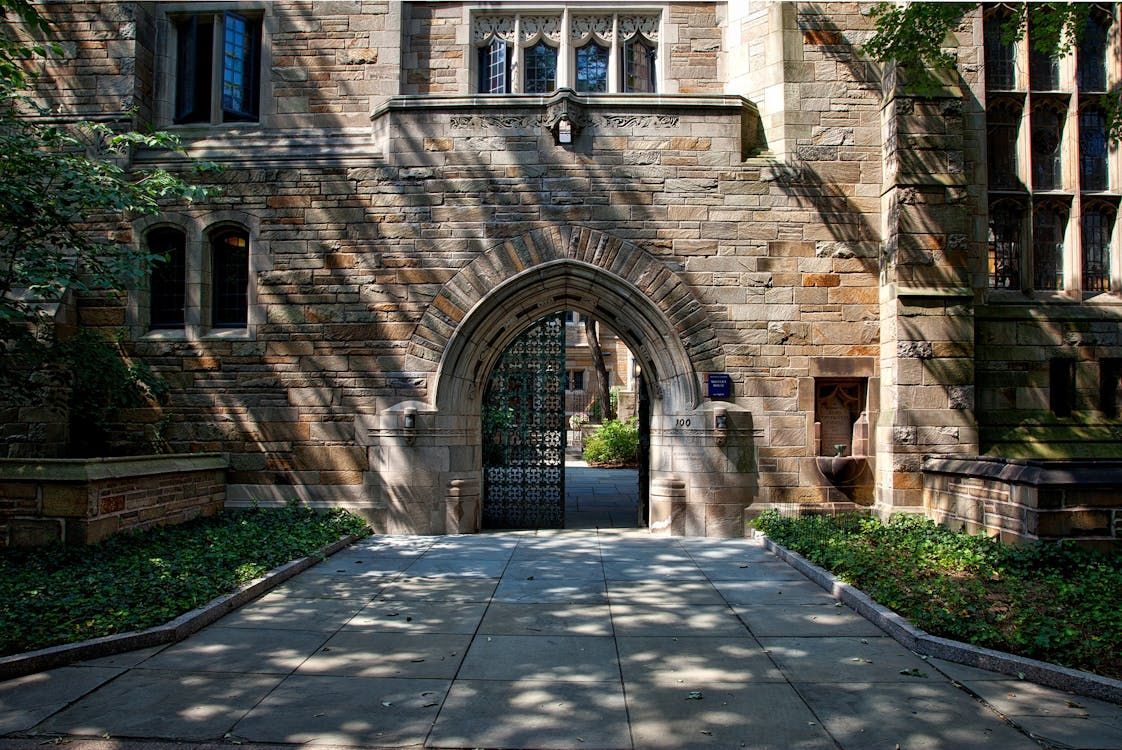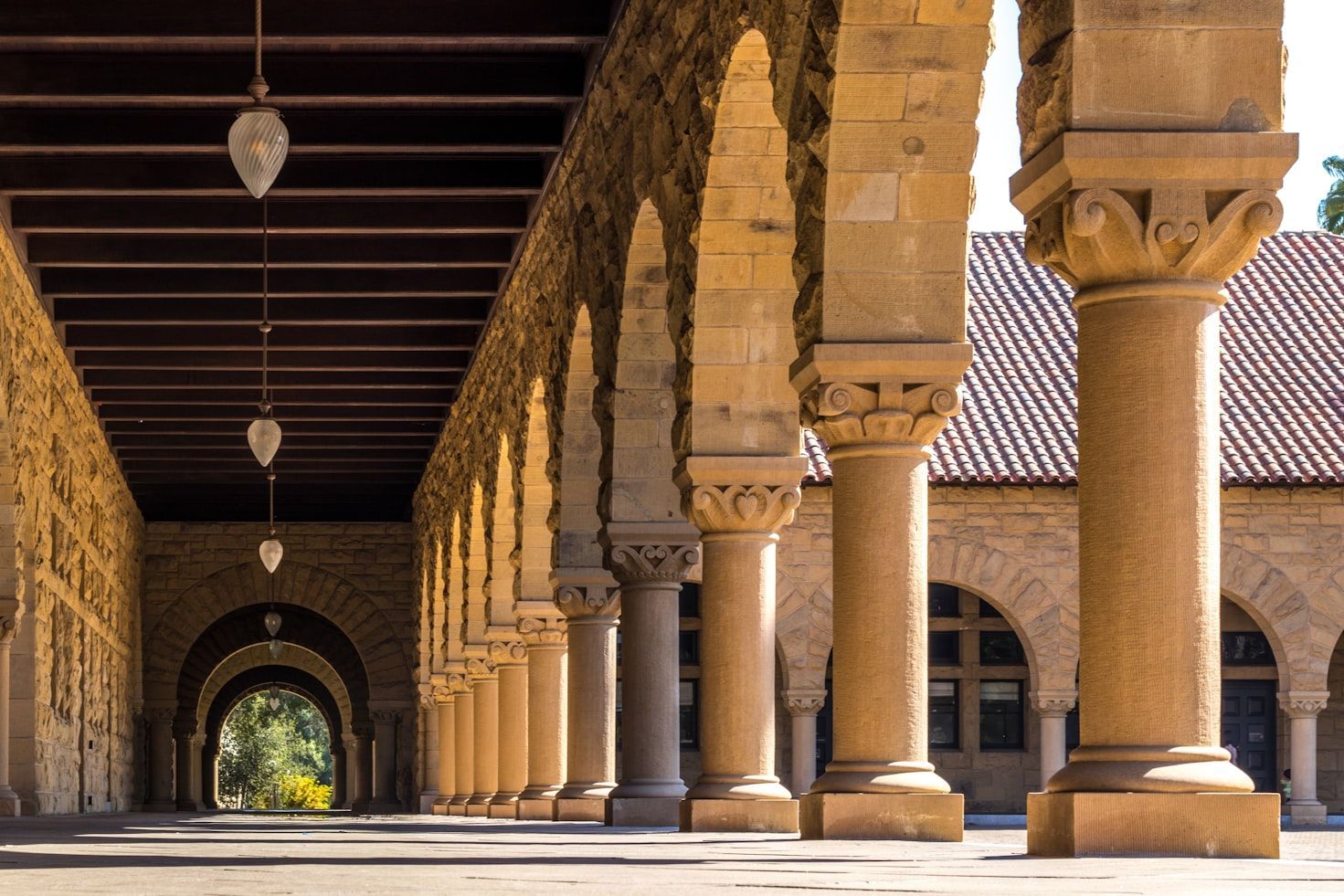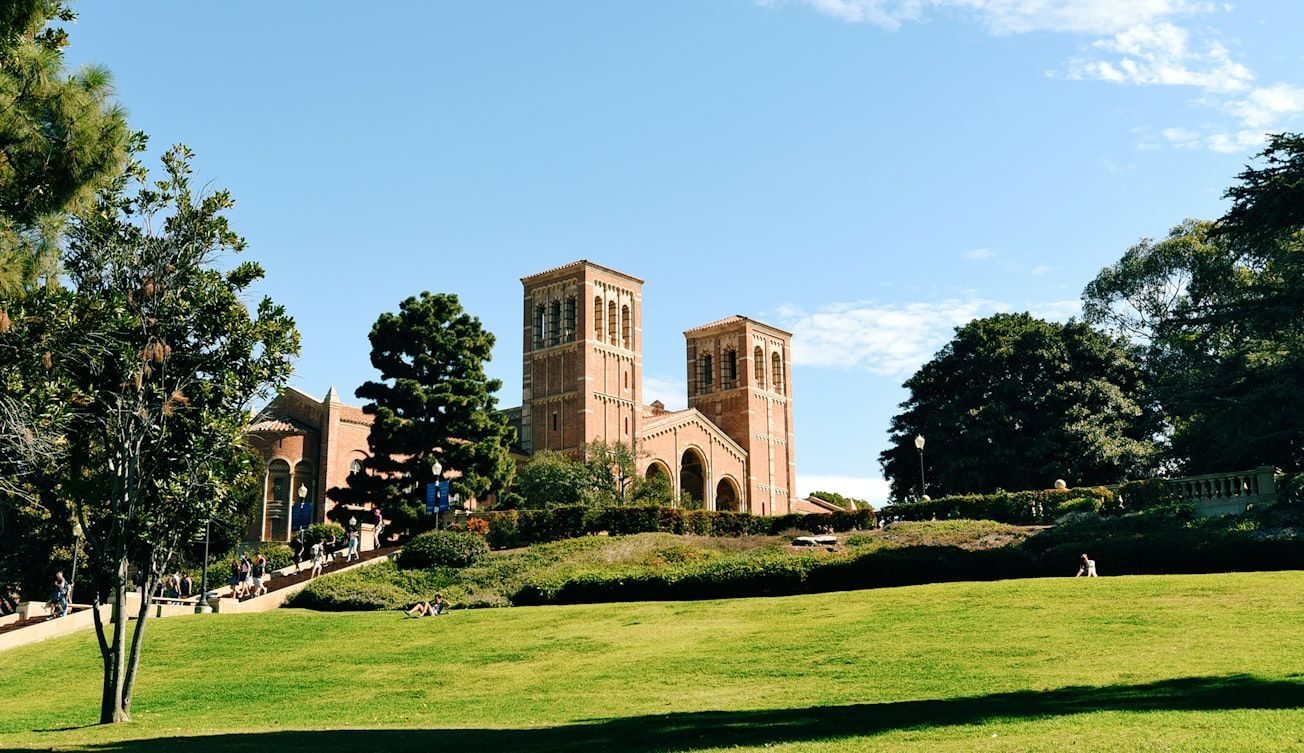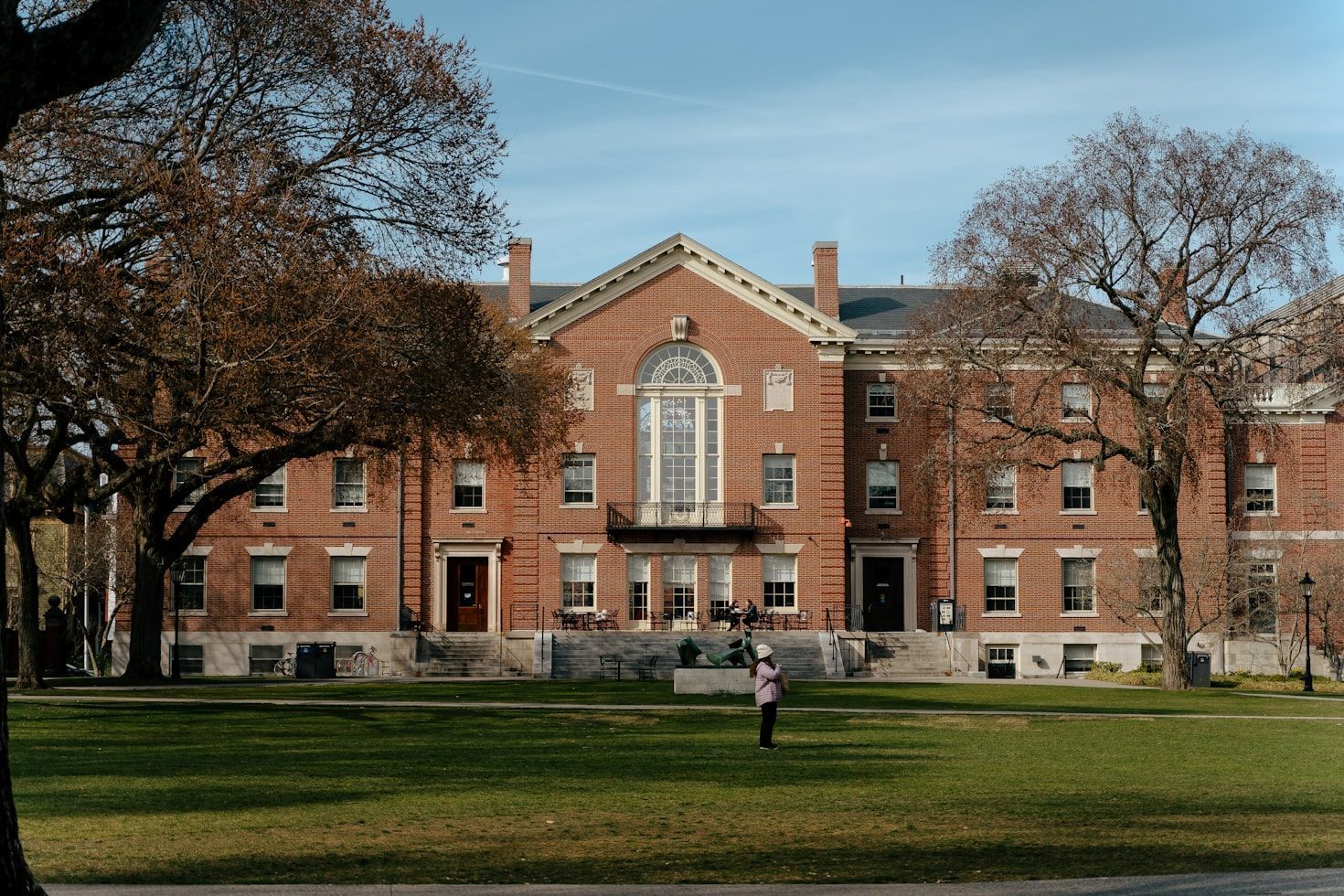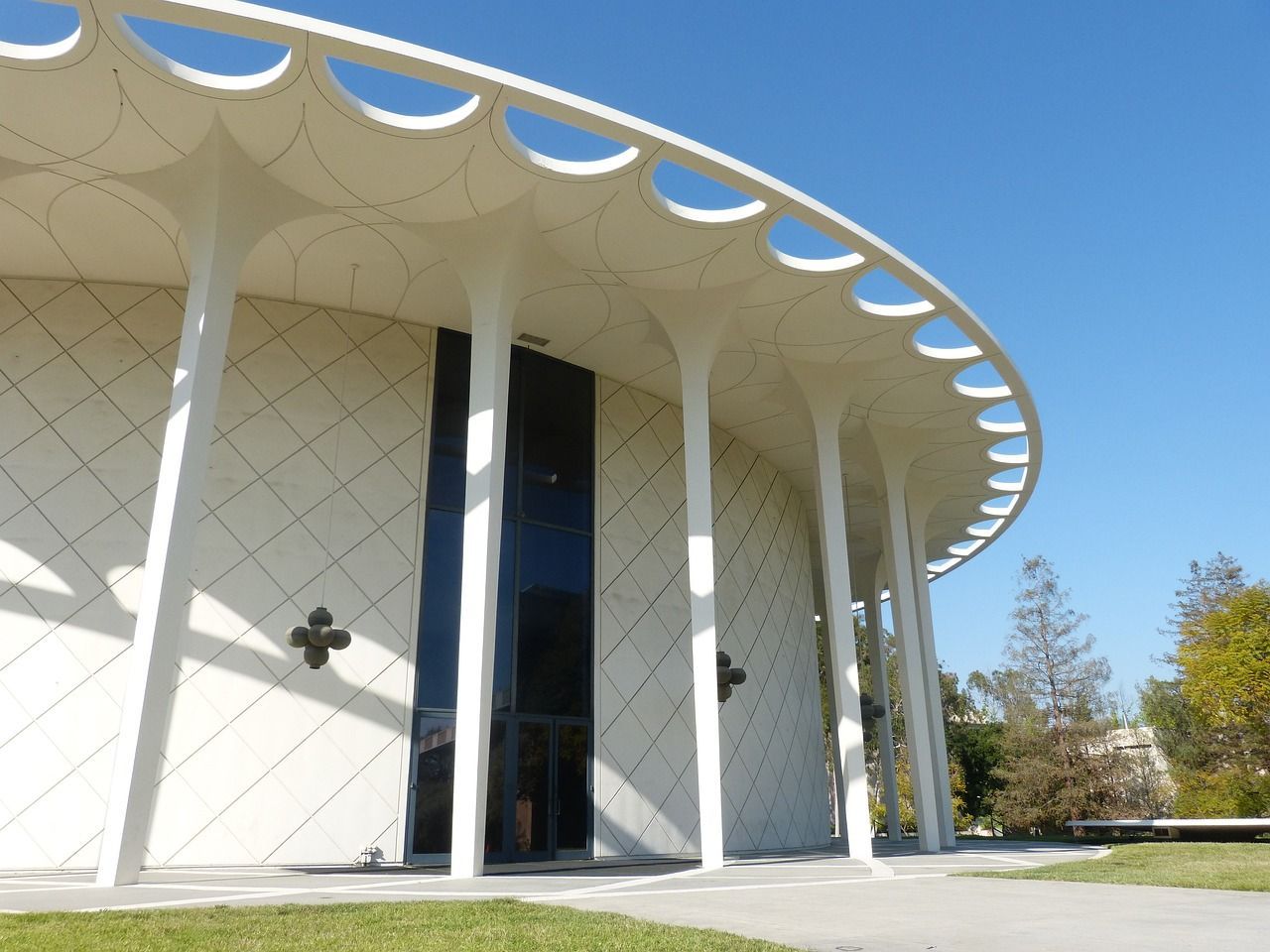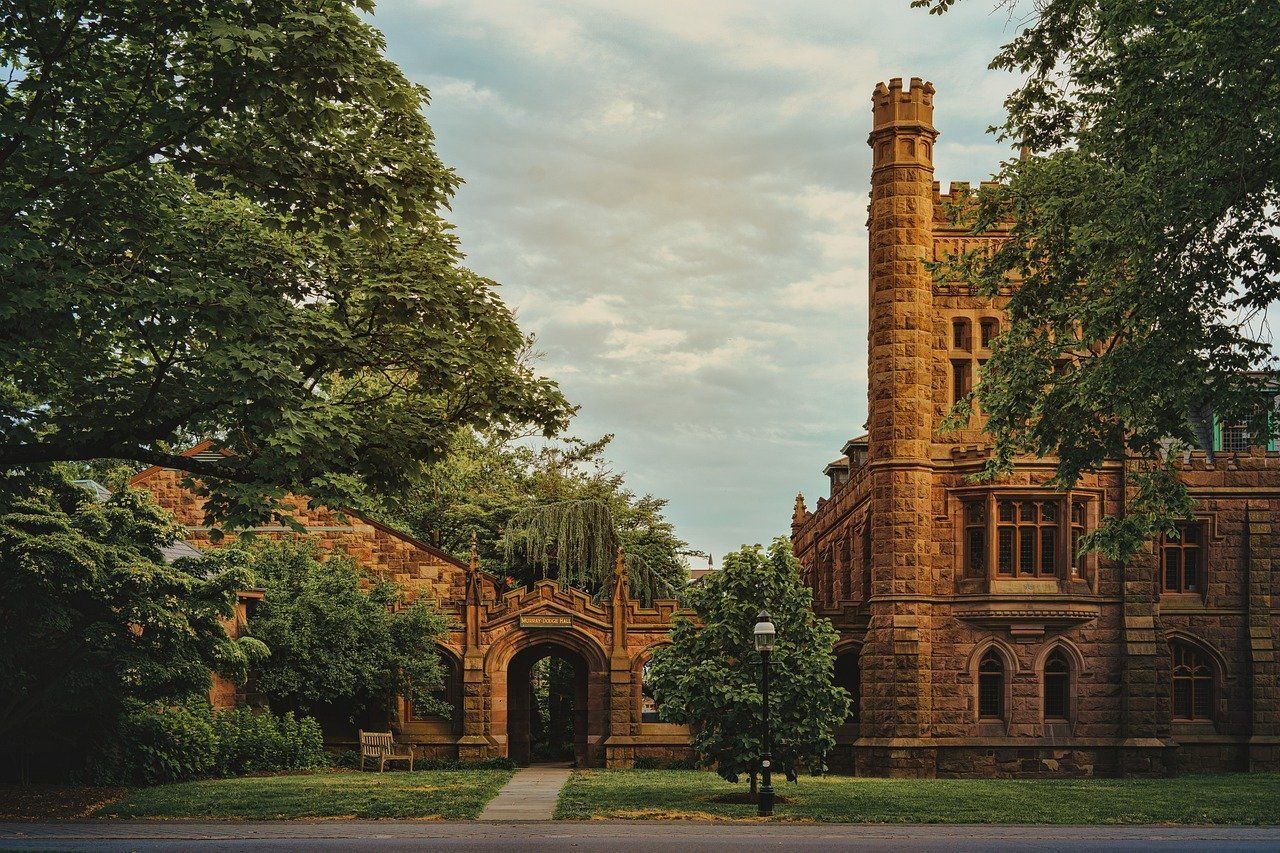MONUMENTAL TRIBUTES
Legacy of valor: 10 powerful U.S. military monuments you need to see

Image: Chad Stembridge
Across the country, America's military history is etched in monumental tributes of stone, bronze, and steel. These imposing structures honor our collective past, as well as the bravery and sacrifice of those who served, embodying the enduring spirit of our nation. Join us on a journey through some of the most awe-inspiring military monuments in the U.S., each a lasting testament to courage and patriotism.
1
Arlington National Cemetery, Virginia

Image: The Silverdalex
Located in an area already filled with memorials, Arlington National Cemetery stands out as one of the nation’s most sacred landmarks. Established during the Civil War on land confiscated from General Robert E. Lee's estate, it became the final resting place for over 400,000 brave Americans, including casualties from WWII to the Vietnam War.
At its heart lies the Tomb of the Unknown Soldier, a continuously guarded monument that symbolizes the sacrifices of all unidentified fallen heroes. Notably, the graves of President John F. Kennedy and Jacqueline Kennedy are among the most visited sites in the cemetery.
2
Vietnam Veterans Memorial, Washington, D.C.

Image: Ryan Stone
Popularly known as the Vietnam Memorial, this U.S. national landmark located in Washington, D.C., honors those who served during the Vietnam War. Its centerpiece consists of two imposing black granite walls, engraved with the names of over 58,000 individuals who died or went missing while serving their country in Vietnam and Southeast Asia.
Designed by architect Maya Lin, the monument is strikingly powerful in its minimalism, evoking deep emotions through its simplicity. The site also includes the Three Soldiers statue and the Vietnam Women's Memorial.
3
Marine Corps War Memorial, Virginia

Image: Sal Cenicacelaya
Located in Arlington County, Virginia, this war memorial was inspired by the iconic 1945 photograph of six Marines raising the U.S. flag atop Mount Suribachi during the Battle of Iwo Jima. Standing 32 feet tall, the monument is an enduring symbol of courage and determination, honoring all Marines who have served since 1775.
Though the sculpture depicts a moment when the U.S. flag had 48 stars, the flag flown today is always the current version, symbolizing the memorial’s dedication to all Marines who have died in defense of the United States, regardless of the era.
4
Air Force Memorial, Virginia

Image: Yogi Panchal
Located near the Marine Corps War Memorial and Arlington Cemetery, this 270-foot-high sculpture features three stainless steel spires reaching toward the sky. It was the final project of American architect James Ingo Freed, renowned for his work with I.M. Pei and his contributions to various iconic U.S. public buildings.
The spires seem to evoke the contrails of a group of Air Force Thunderbirds performing a dramatic flight maneuver. Notably, only three of the typical four contrails are depicted, symbolizing the "missing man" formation traditionally used in Air Force funeral flyovers.
5
World War II Memorial, Washington, D.C.

Image: Joshua Woods
Featuring 56 pillars adorned with bronze laurel wreaths, each symbolizing a U.S. state or territory, this memorial honors the 16 million Americans who served in World War II. It stands as a grand tribute to the "Greatest Generation," celebrating their victories and the sacrifices they made for their country.
Interestingly, the memorial includes two subtle "Kilroy was here" engravings, a nod to the iconic symbol that became a reassuring emblem for American soldiers during the war, marking their presence and protection wherever it appeared.
6
Korean War Veterans Memorial, Washington, D.C.

Image: Joe Richmond
Dedicated in 1995, this national memorial features a haunting image of nineteen steel statues of soldiers standing in silent patrol. The memorial honors the 1.5 million Americans who served in Korea, a conflict that is sometimes referred to as the "Forgotten War."
A granite memorial wall is also part of the site, engraved with the names of U.S. military personnel and South Koreans embedded in U.S. units who died in the conflict. The monument includes the Pool of Remembrance, a tranquil 30-foot-diameter pool lined with black granite, surrounded by a grove of trees and benches, offering a peaceful place for quiet reflection.
7
National D-Day Memorial, Virginia

Image: Carol M. Highsmith, Public domain
This memorial pays tribute to the courage and sacrifice of all service members of the Allied forces on D-Day, June 6, 1944. The site prominently displays the inscription, "In Tribute to the Valor, Fidelity, and Sacrifice of Allied Forces on D-Day." Featuring a symbolic pool with a landing craft, an American soldier, and a German beach barrier, the memorial captures the essence of the immensely dangerous beach landings.
According to the National D-Day Memorial Foundation, the site is designed as a continuum of three distinct plazas, each representing a different phase of the operation—planning, execution, and victory. The centerpiece of the monument is a 44-foot-tall arch, symbolizing the triumph of the operation while surrounding elements evoke the soldiers' bravery under relentless fire.
8
U.S. Navy Memorial, Washington, D.C.

Image: Michael Afonso
The granite plaza of the Navy Memorial in Washington, D.C., is well known for its iconic Lone Sailor statue, which symbolizes all those who have served in the U.S. Navy throughout its history. The statue, crafted by sculptor Stanley Bleifeld, gazes over the Granite Sea—a map depicting the world's oceans, centered on Washington, D.C.
Flanking the memorial are two buildings, with the eastern one serving as a visitor center. This small museum often offers exhibits that explore the rich history of American sailors.
9
National Museum of the United States Army, Virginia

Image: Rob Martinez
More than just a museum, this site serves as a living memorial dedicated to the history of the U.S. Army. It honors the bravery, valor, and sacrifices of soldiers across America’s history while providing an in-depth exploration of the nation’s oldest and largest military branch.
Opened on November 11, 2020, the museum’s mission is to honor America’s soldiers, preserve Army history, and educate the public about the Army's role in American history. The facility also includes spaces for ceremonies, reenactments, lectures, educational programs, and reunions, making it a dynamic hub for both remembrance and learning.
10
USS Arizona Memorial, Hawaii

Image: Tim Mossholder
This solemn memorial rests above the sunken remains of the USS Arizona in Pearl Harbor, a pivotal site in American history. It honors the 1,177 crew members who lost their lives during the Japanese attack on December 7, 1941.
The majestic white structure symbolizes peace and remembrance, while the wall of names reminds us of the individual stories of bravery and sacrifice of those who paid the ultimate price for our freedom. A profoundly evocative monument, it stands as a testament to national resilience and unity in the face of adversity.

